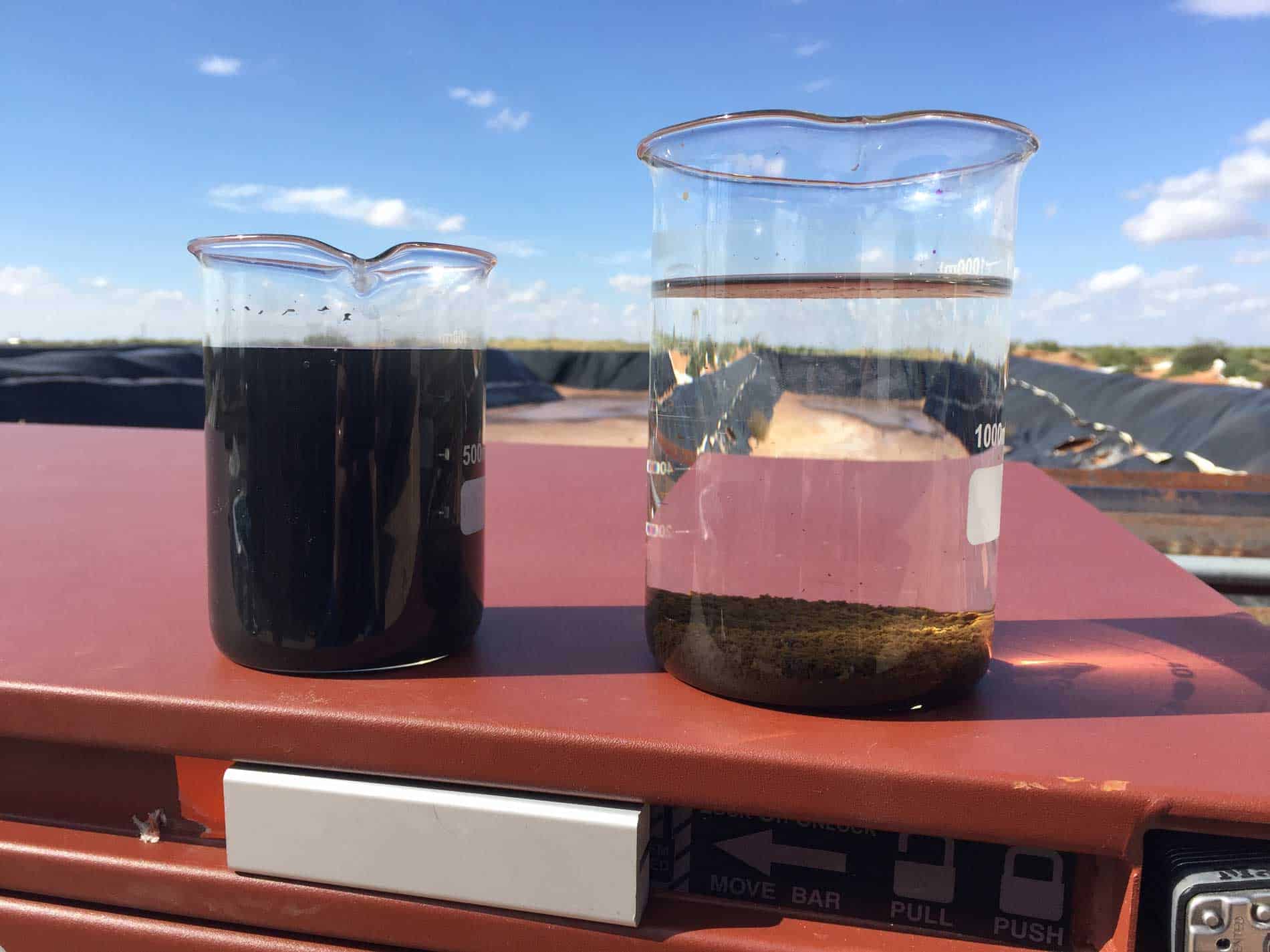ASTM D512 Chloride in Produced Water Test
The ASTM D512 Chloride in Produced Water Test is a critical analytical service designed to measure chloride content in produced water from oil and gas operations. This test is essential for ensuring compliance with environmental regulations, optimizing water treatment processes, and minimizing the corrosive effects of chloride on equipment.
Chloride ions play a significant role in the corrosion process, particularly in environments where water contains high concentrations of this ion. In produced waters, chlorides can originate from natural sources such as saline formations or can be introduced during drilling and production processes. The ASTM D512 method provides a standardized approach to quantifying chloride levels, which is crucial for managing these risks.
The test involves the preparation of water samples by filtering them through a specified filter medium. The filtered sample is then analyzed using an appropriate analytical technique such as ion chromatography or titration methods described in ASTM D512. This standard ensures that results are consistent and comparable across different laboratories, which is vital for regulatory compliance.
The importance of this test extends beyond mere measurement; it also aids in process optimization by providing insights into the effectiveness of water treatment processes. By monitoring chloride levels, operators can determine whether their treatment methods are effectively reducing corrosive compounds, thereby extending the lifespan of equipment and pipelines.
Compliance with environmental regulations is another key aspect where this test plays a vital role. Many regions have stringent standards for the discharge of produced water into surface waters. Ensuring that chloride levels meet these thresholds is not only necessary to avoid penalties but also to protect aquatic ecosystems from potential harm caused by excessive chloride concentrations.
In summary, ASTM D512 Chloride in Produced Water Test serves as a cornerstone for managing chloride content in produced water. It supports regulatory compliance, process optimization, and environmental protection—all critical factors in the oil and gas sector. This service ensures that operations are conducted sustainably and efficiently, balancing economic viability with environmental responsibility.
Scope and Methodology
The ASTM D512 Chloride in Produced Water Test follows a rigorous procedure outlined in the standard. The test involves several key steps:
- Sample Collection: Samples are collected from produced water sources, ensuring they represent typical conditions of the facility.
- Preparation: Collected samples undergo filtration through a 0.45-µm filter to remove particulate matter and other impurities that could interfere with analysis.
- Analysis: The filtered sample is then analyzed using ion chromatography or titration methods, both of which are recognized by ASTM D512 for accurate chloride determination.
The precision and accuracy of the test results are ensured through adherence to these steps. The use of ion chromatography provides high sensitivity and selectivity, making it suitable for detecting even low concentrations of chloride in produced water samples.
| Method Comparison | Ion Chromatography | Titration Methods |
|---|---|---|
| Accuracy | Highly accurate with trace detection capabilities | Adequate for routine monitoring, less precise than ion chromatography |
| Routine Use | Suitable for detailed analysis and research | Favored in industrial settings where cost is a concern |
The choice of method depends on the specific needs of the facility, whether it be for research or routine monitoring.
Industry Applications
The ASTM D512 Chloride in Produced Water Test finds extensive application across various segments within the oil and gas industry:
| Application | Description |
|---|---|
| Corrosion Control | Detecting chloride levels helps operators identify areas where corrosion is likely to occur, allowing for proactive maintenance. |
| Water Treatment Optimization | Monitoring chloride concentrations assists in tailoring water treatment processes to achieve optimal results while minimizing costs. |
| Environmental Compliance | Avoiding non-compliance with environmental regulations by ensuring produced water meets discharge standards.|
| Risk Management | Evaluating the risk of chloride-induced corrosion in equipment and pipelines, leading to longer operational lifespans. |
| Research and Development | Supporting R&D efforts by providing data on chloride dynamics in produced water. |
The results from this test are instrumental in making informed decisions that impact the efficiency and sustainability of oil and gas operations. By integrating ASTM D512 into routine testing protocols, operators can enhance their operational performance while adhering to environmental best practices.
Environmental and Sustainability Contributions
- Reduction in Environmental Impact: By monitoring chloride levels, facilities can minimize the discharge of harmful compounds into the environment, thereby reducing their ecological footprint.
- Sustainable Water Use: Optimizing water treatment processes leads to more efficient use of resources, contributing to overall sustainability goals.
- Enhanced Equipment Lifespan: Reducing corrosive effects on equipment extends its operational life, which is both economically and environmentally beneficial.
- Regulatory Compliance: Ensuring compliance with environmental regulations helps avoid penalties and maintains a positive reputation for the company.
The ASTM D512 Chloride in Produced Water Test supports these sustainability goals by providing accurate data that informs decision-making processes. Through this service, operators can contribute to a more sustainable oil and gas industry while maintaining operational efficiency.





